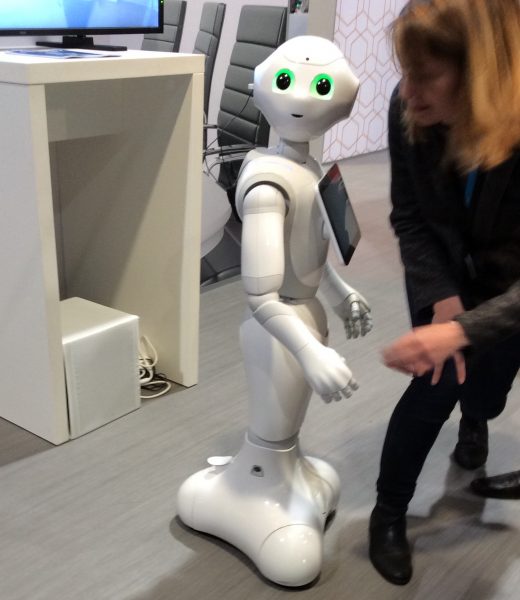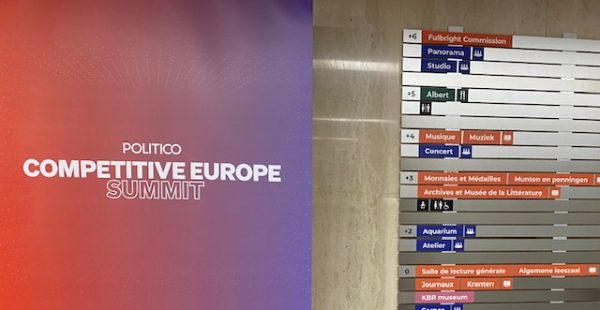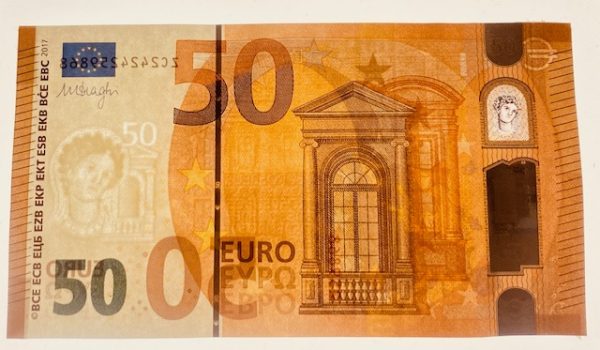The move towards a multipolar world order is in full swing. With the USA retreating from a primordial international role discarding UN institutions and the defense of major elements in the fight for individual freedom, the diplomatic order of the last 80 years has changed. The liberation of the concentration camps in Germany and the 80 years of the end of the 2nd World War on 1945-5-9 had forged an alliance in which the common enemy was defeated and the the next major confrontation in Europe or on the globe had to be warded against.
The evolution of peace in Europe has been marked by the Cold War and a bipolar world order which confronted the USA and Russia at various places. The rollback of Russia has seen its high time with the Northern and Eastern extension of the EU and NATO. This goal of US strategic interests has been largely accomplished.
In the shadow of this bipolar relationship the BRICS have moved towards greater economic power and therefore influence in the international arena. Economic data on the biggest economies in the world over the last years show the rise of the BRICS, bit mainly China and India. Their population sizes create enormous and largely shut off internal markets. All these developments create new challenges to the previously relatively stable world order. Technological advances have been narrowing more rapidly than before since the access to the best available knowledge spreads fast and more equally across the globe through the internet.
The ugly face pf imperialism is returning front stage and attempts to change the previous versions of imperialism into a new hegemonic world oder. Updated views of economic power and influence zones let us look with a rational perspective on the new power play. Due to the containment of Russian influence, the USA has China as the major power to confront, a major shift as of the 2020s. The China-driven Silk road project with strategic landing points across the globe has „trumped“ American efforts to align BRICS to human rights values over the last decades. European diplomacy will have to recognize that we entered another phase of „Realpolitik“ due to major economic shifts over several decades. (Image: extract from Max Klinger, The walkers, ambush, 1878 in Berlin SPK). 































